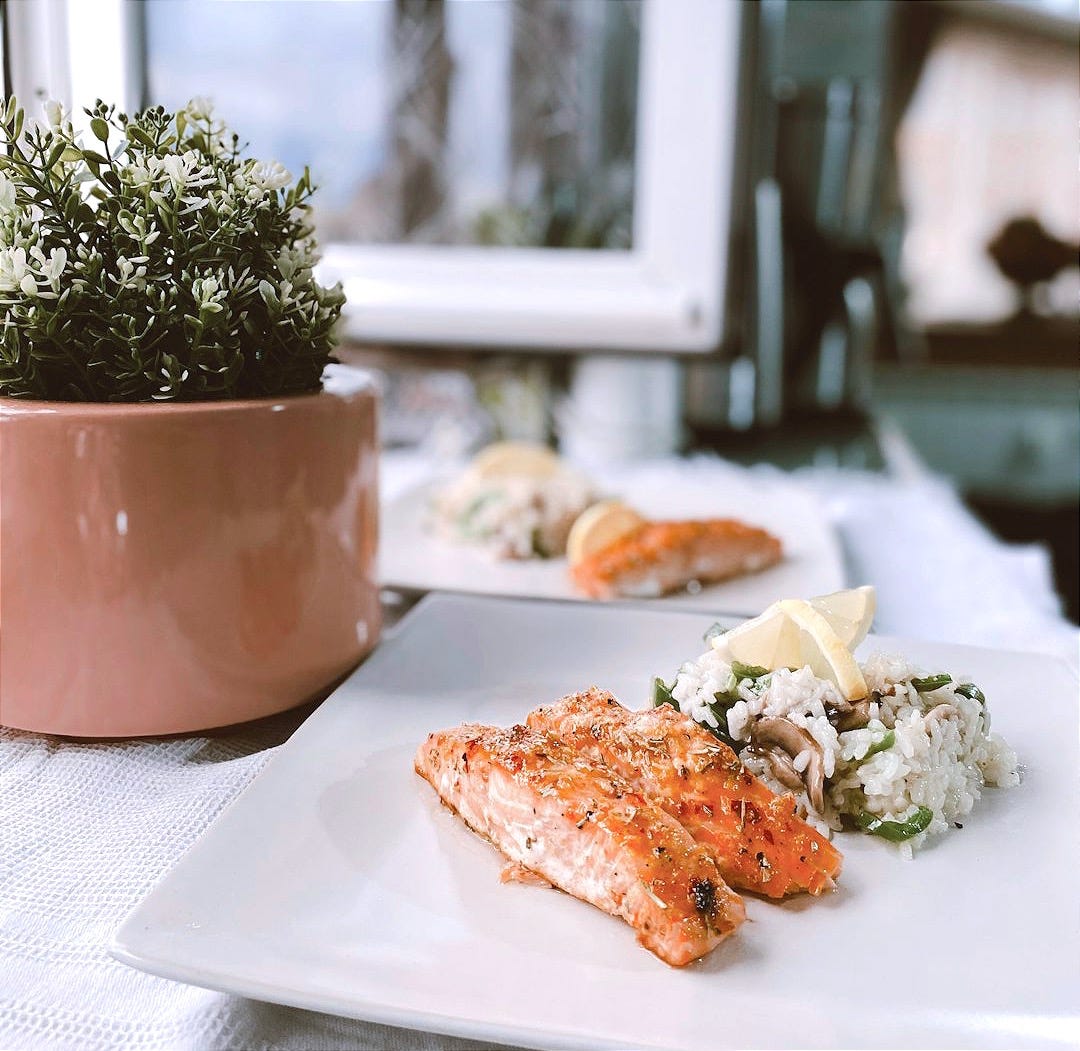Eating for Perimenopause
Align your meals with your hormones to feel energised, balanced, and in control
I’ve noticed from various resources — books, websites, newsletters, my own GP — that when it comes to supporting our body through perimenopause, most advice falls into two camps: the “just power through it” brigade or the “biohack everything” enthusiasts.
But we can support our body in many ways as we transition into post-menopause: nutrition, movement, sleep, stress management, social interaction… you know the drill.
One of the most accessible tool is nutrition. More specifically, nutrition that lines up with our natural hormonal rhythm, easing some of the fluctuations that can leave us feeling foggy, fatigued, or just out of sorts.

This is called cycle syncing, and it’s not a trend. It’s a science-backed way of eating and living that honours the changes in our body week by week.
Eating that way can make a big difference in how we feel and function on a daily basis. More stable moods, smoother digestion, better energy.
Why This Matters?
The menstrual cycle is a complex symphony (or cacophony at times) of hormones — oestrogen, progesterone, follicle-stimulating hormone (FSH), luteinising hormone (LH), and more. During perimenopause, this symphony gets a little out of tune. Oestrogen may spike higher than usual, progesterone may drop too low, and you may notice more pronounced symptoms:
Increased anxiety or extreme mood swings
Irregular and/or heavier periods
Night sweats and/or hot/cold flashes
Insomnia
Weight fluctuations
Brain fog
Eating in sync with your cycle can help with some of these shifts. For example:
Higher protein and healthy fats can balance blood sugar and reduce cravings.
Magnesium-rich foods can ease cramps and improve sleep.
Phytoestrogens (plant compounds that mimic oestrogen) can help buffer hormonal dips.
Omega-3 fats and anti-inflammatory nutrients support brain health and hormone production.
A cycle-friendly approach doesn’t have to be complicated or expensive. It just means paying attention to what your body needs and adjusting your meals accordingly.
👉 Next: A Balanced, Cycle-Supportive Meal Plan — Breakfast — Morning Snack — Lunch — Afternoon Snack — Dinner — Reminders

Keep reading with a 7-day free trial
Subscribe to Shenmag to keep reading this post and get 7 days of free access to the full post archives.





